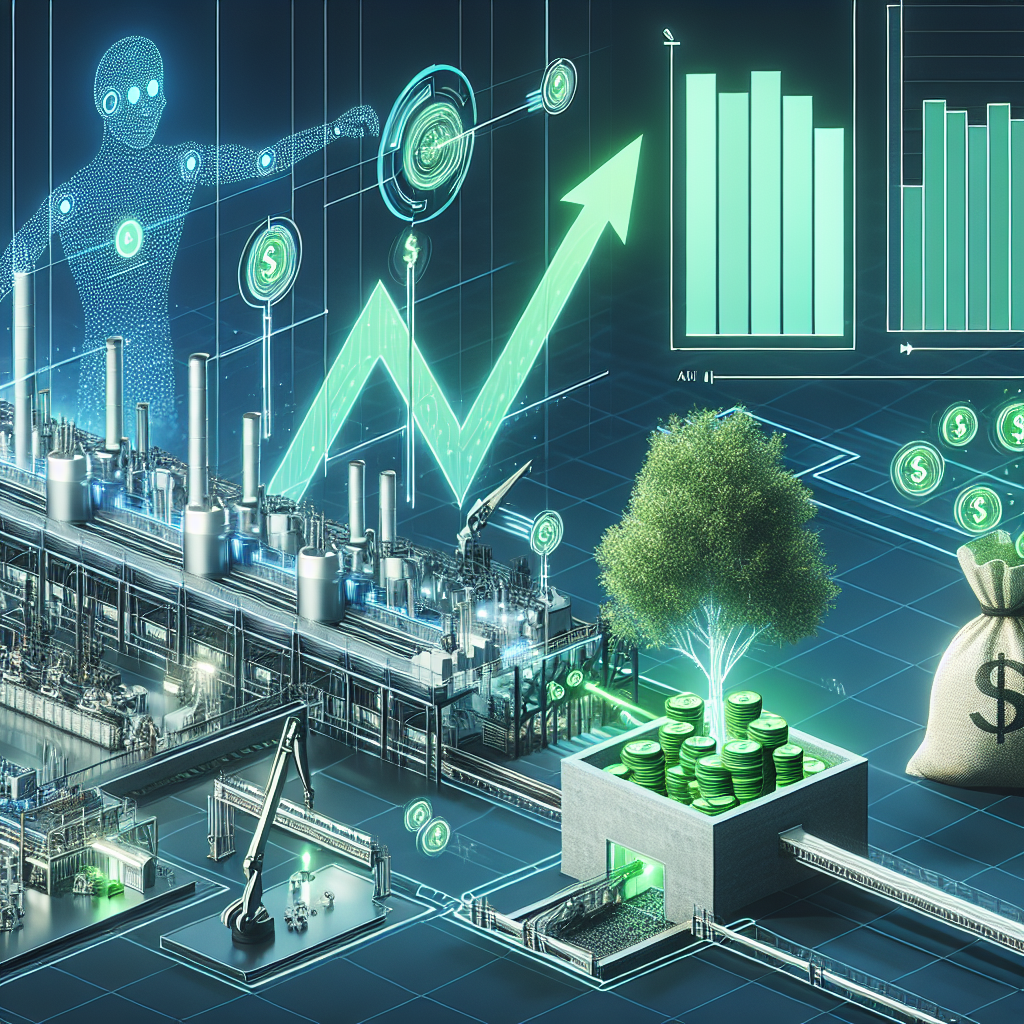
The steel industry is poised for a revolutionary transformation as stakeholders gather for the Steel Conclave 2025, taking place on September 8-9 in the national capital. This two-day event aims to explore the integration of artificial intelligence (AI) within the steel value chain, potential financing avenues for a greener transition, and strategies to augment the availability of raw materials. With prominent figures such as Union Steel Minister H D Kumaraswamy and Minister of State for Heavy Industries and Steel Bhupathiraju Srinivasa Varma in attendance, the discussions promise to set a strategic direction for the sector’s future.
As detailed by the Indian Steel Association (ISA), one of the primary focuses of the conclave will be on leadership strategies that foster growth within the steel industry. Participants will delve into how AI can be effectively leveraged to enhance efficiency throughout the value chain, identifying pathways that support Aatmanirbharta—the initiative aimed at reducing dependence on imports by making India self-reliant in raw materials like iron ore.
Another major theme will be the financing necessary for the steel sector’s transition towards environmentally sustainable practices. Industry leaders are aware that decarbonizing the steel production process is not just a regulatory requirement but also an opportunity to innovate. The ISA aims to discuss frameworks that would mitigate price risks, improve logistics, and enhance infrastructure efficiency, laying the groundwork for a future-ready industry.
ISA President Naveen Jindal expressed the association’s commitment to steering the steel sector towards sustainability while reinforcing India’s position on the global stage. The emphasis on a resilient and future-ready steel industry reveals a proactive approach to sustainability imperatives, ensuring that economic growth does not come at the cost of environmental degradation.
Significantly, the Indian government’s recent decision to reduce the Goods and Services Tax (GST) on renewable energy products from 12 percent to 5 percent is seen as a substantial boon for the steel industry. It is anticipated that this policy change will facilitate a shift towards green power sources, enabling manufacturers to lessen their reliance on coal-based energy, which currently constitutes 85 percent of the sector’s energy consumption and contributes heavily to carbon emissions.
The need for a greener transition is underscored by the fact that the steel industry accounts for approximately 20 percent of India’s total industrial energy consumption, making it a focal point in the country’s quest for a sustainable future. By reducing coal dependency, the industry can make significant strides in cutting down its carbon footprint and contribute to broader climate change goals.
Fujiyama Power Systems highlighted that the government’s reform is expected to enhance the affordability of rooftop solar installations, promoting adoption across various segments, including residential, commercial, and institutional users. According to them, this reform could accelerate India’s progress towards achieving its net zero targets and strengthen initiatives like the PM Surya Ghar Muft Bijli Yojana, which aims to promote solar energy usage.
Ultimately, the discussions and outcomes from the Steel Conclave 2025 will not only shape the immediate future of the steel industry in India but could also serve as a model for other sectors grappling with similar challenges related to energy transition and sustainability. By embracing AI and innovative financing solutions, the steel sector can navigate its path towards a greener and more resilient future, aligning with global efforts to combat climate change while ensuring continued economic growth.

Leave a Reply